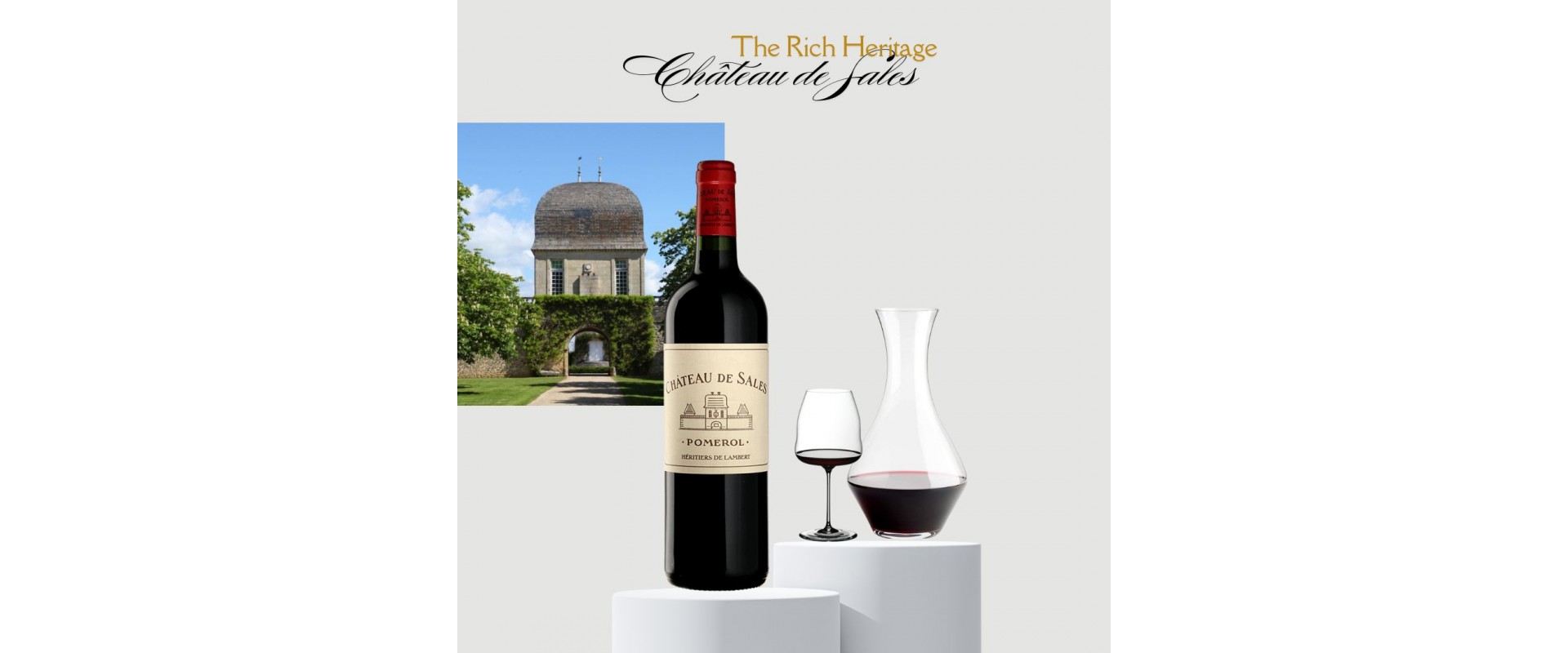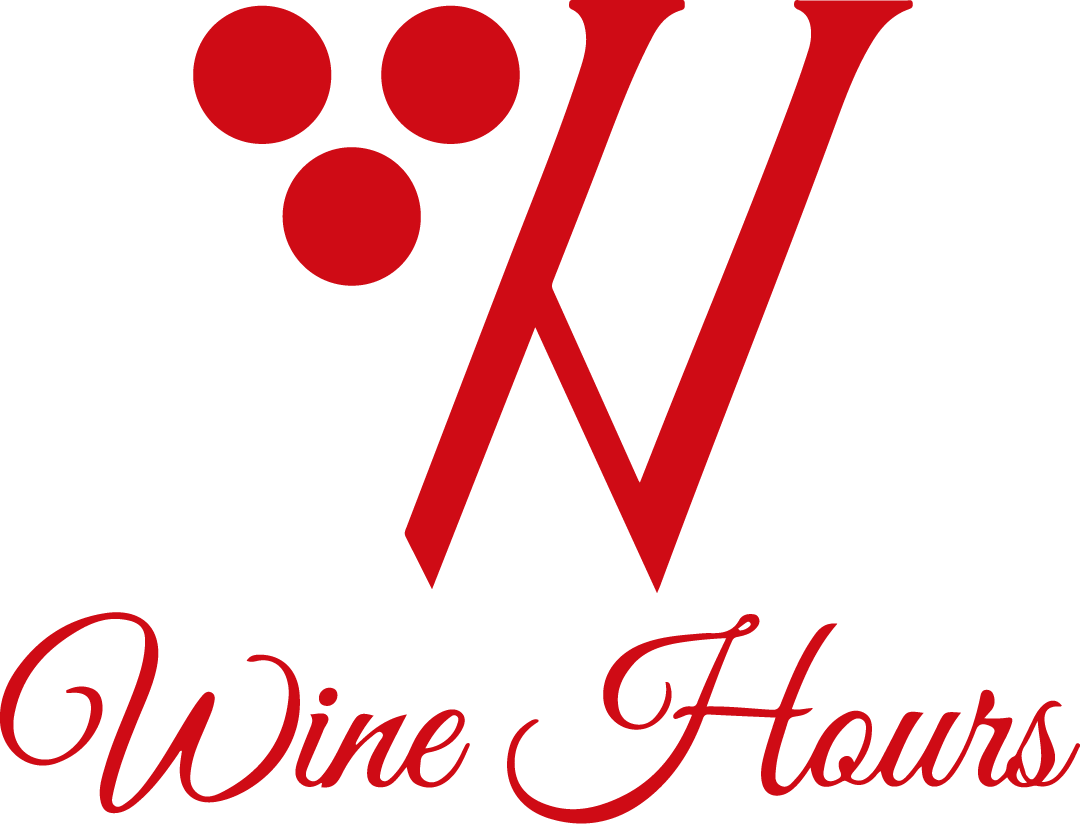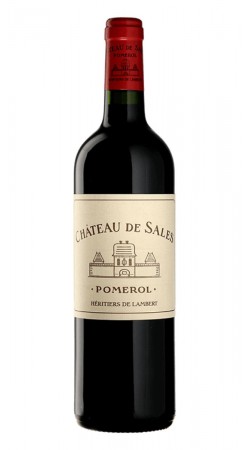
Château de Sales is undoubtedly one of the most remarkable properties in the Pomerol appellation, and arguably in all Bordeaux. A grand château dating to the 17th century, built with the Baroque flourishes typical of the Louis XIII era, and declared a monument historique in 1996, this estate has been in the hands of one family for five centuries, surely a record unmatched by any other in the region. Add to that the fact this is by far the largest estate in the Pomerol appellation and you have to wonder why this potential appellation figurehead is not better known.
There are perhaps several different reasons why Château de Sales has tended to fly under the radar. Some are simply not amenable to change, such as the estate’s terroir, it being located not on the appellation’s prestigious clay and gravel plateau, but on sandier soils in the far north-western corner of the appellation. Nevertheless, there are many good wines made on the sands west of the Pomerol slope, Clos René, Château Montviel and Clos du Beau-Père to name just three, and I suspect the latest generation of the family to take charge – the 15th generation, in fact – recognise that there is room for improvement. And I believe they have now grasped this nettle.
Before we come to the modern-day running of the property though, as is customary I present some history, which begins back in the 16th century when the land was acquired by the Sauvanelle family, who leased it from one of the many religious orders that had made the town of St Emilion their home.
Chateau de Sales Vineyards, Terroir, Grapes, Winemaking
The large 47.8-hectare vineyard of Chateau de Sales is planted to 73% Merlot, 15% Cabernet Sauvignon and 12% Cabernet Franc. The terroir is gravel, sand, and a bit of clay in the soils. On average, the vines are 50 years of age. However, there are some parcels with old vines that are more than 60 years of age.
The vineyard of Chateau de Sales is unusual for not just its size, but because the vines are in 1, large parcel. Although it is interesting to note they also own 3 hectares in Lalande de Pomerol that they are allowed to include in their Pomerol.
Chateau de Sales is a massive vineyard for Pomerol. In fact, Chateau de Sales is the largest vineyard in the Pomerol appellation. When you think about it, with its enormous production, it could be more at home in the Medoc, than in the Right Bank.
In total, they own 90 hectares in Pomerol, with close to half of their land being cultivated with vines. The vines are located not too far from Clos Rene and Chateau lEnclos. The remaining portion of their estate is devoted to greenery, parkland, and forests.
To produce the wine of Chateau de Sales, the wine is vinified in traditional, large concrete vats ranging from 100 to 180 hectoliters. Malolactic fermentation is conducted in vats. The wine is aged in vat for between 12-14 months before it’s aged in barrels for an additional 6 months.
The barrel aging program is complex as Chateau de Sales uses a diverse array of barrels. Only 5% of new, French oak barrels are used in the barrel aging process. The rest of the barrels are on average split between 30% one-year-old barrels, 30% two-year-old barrels and the remaining wood is 3 years old.
Only 50% of the wine is aged in barrel. The remainder of the wine is aged in tanks. More than 10,000 cases of Chateau de Sales are produced each year. There is a second wine, which used to be called Clos de Sales. Today, the second wine is sold under the name of Chateau Chantalouette.




